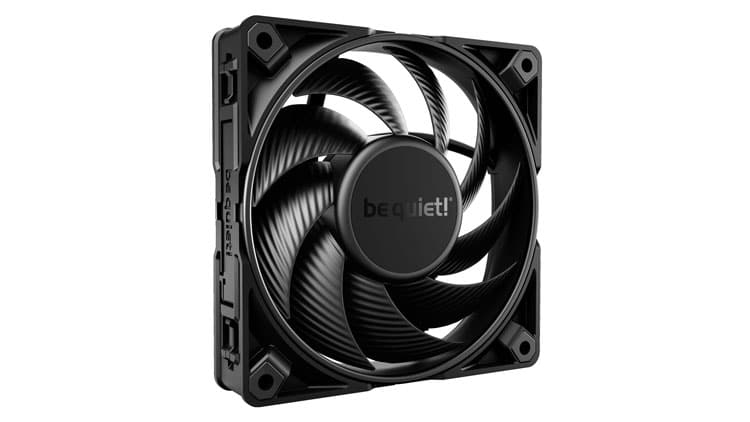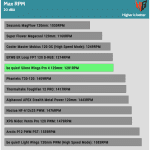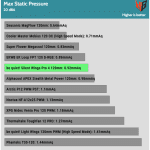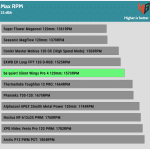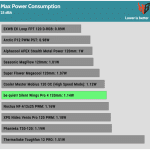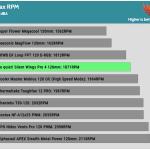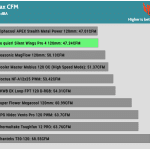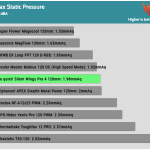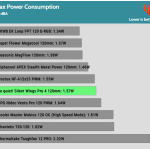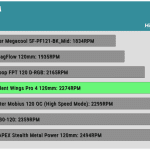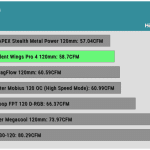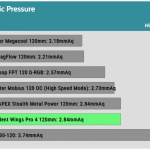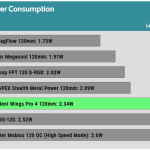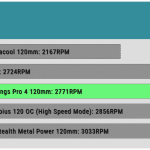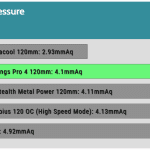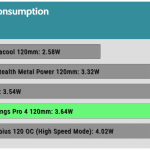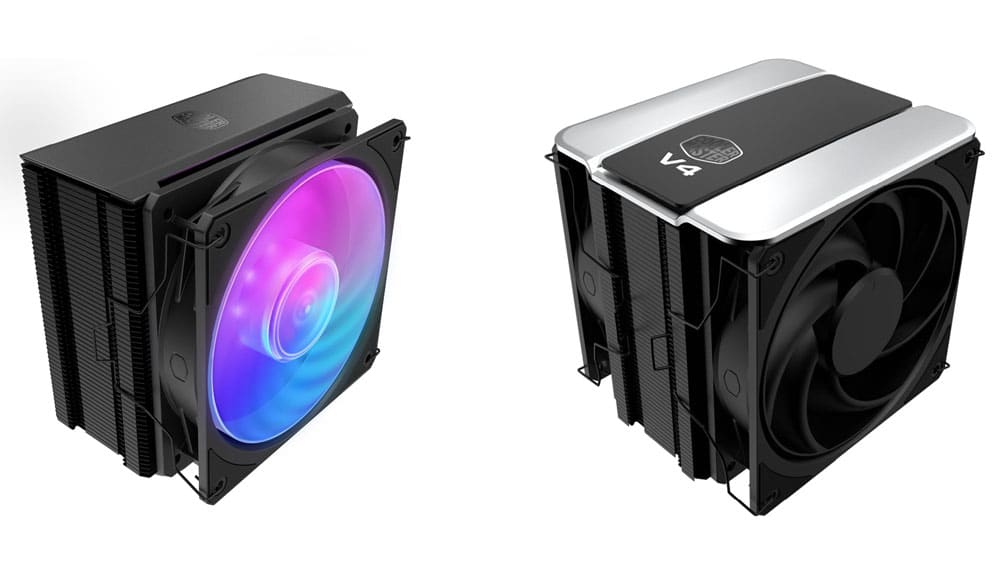Normalized Noise Tests
For these tests, I set the fan to speeds with noise output at the following predefined levels: 20/25/30/35/40/45 dBA. I skip the corresponding tests if the fan under the test cannot reach some noise levels. The speeds shown in the graph below are measured with the fan in a clear space inside my hemi-anechoic chamber without any obstacles. I set these speeds on the Longwin machine, but they slightly change because of the variable conditions that the device applies.
Lately, we discovered a peculiarity of the Longwin apparatus, so we are re-testing every fan we have, and we will continue to double-check all results because it seems the Longwin’s fan controller doesn’t “like” speed control for these tests, but it works better with PWM control. This is why you will find differences with results listed in previous reviews; we constantly update the noise-normalized tests to make them as accurate as possible!
20 dBA Noise Output
Fan speed is not high, so airflow and static pressure suffer here. To make matters worse, power consumption is increased.
25 dBA Noise Output
Again, fan speed suffers, bringing down performance while power is increased.
30 dBA Noise Output
The low fan speed doesn’t allow for good performance. Power consumption is not that high at this speed level.
35 dBA Noise Output
Speed is around the middle of the pack, airflow performance is low, and the achieved static pressure is satisfactory. Still, the Phanteks fan is notably ahead.
40dBA Noise Output
It manages to take the lead from the Phanteks fan in speed but performance-wise, it doesn’t achieve much at this noise level. Moreover, power consumption is the second highest.
